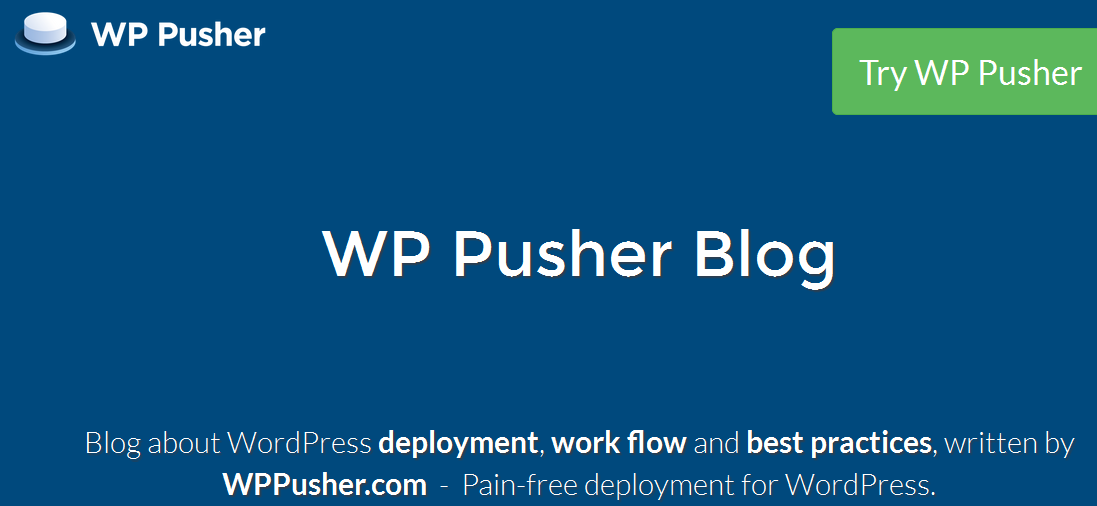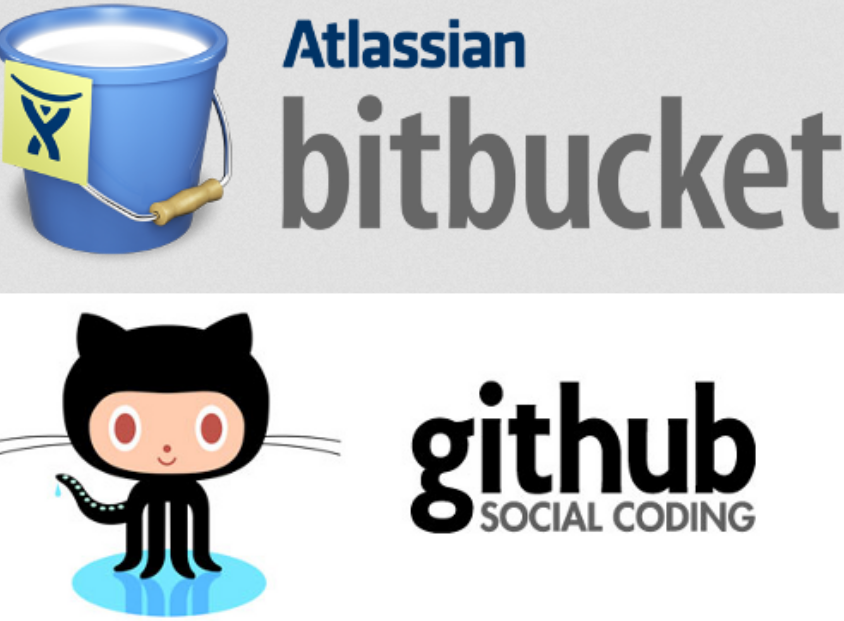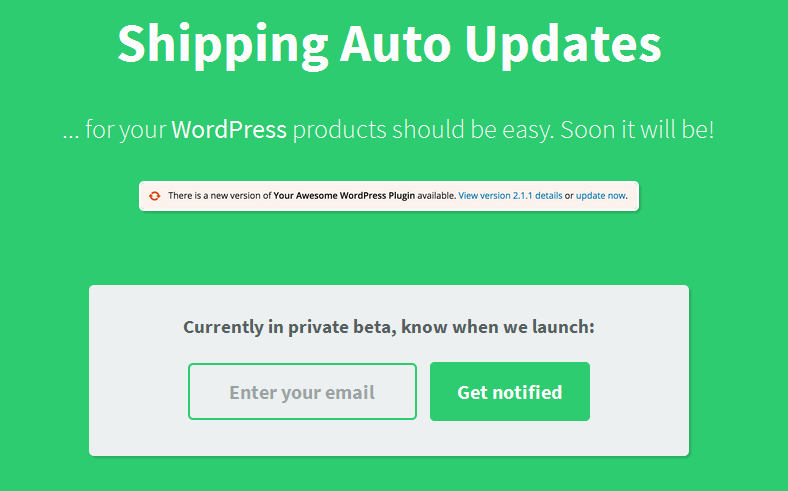Peter Suhm, founder of WP Pusher, is a well-known guy.
Passionate about building websites, helping clients, Peter started his journey as a website developer.
When he got started with using WordPress for his clients, he realized there had to be a simpler system to deploy smaller patches on the websites.
And that was the inception of WP Pusher.
WP Pusher has since then helped hundreds of WordPress developers maintain thousands of websites across the world.

In this interview, Peter shares why his plugin was removed from the .org website, how he built WP Pusher to solve his own WordPress problems, how he took it to the next level, and a lot more.

I’ve been using WordPress for a long time, probably since around 2006-2007. I was still in high school at the time and around that time I started building small websites for clients. I was already doing PHP at the time, but WordPress was the first CMS / framework I started using.
In 2011, I took a break from University (I was studying business administration and IT at Copenhagen Business School at the moment) and started working on larger PHP applications – mainly for 1 startup I worked with here in Denmark. Later on I got a full time job as a Ruby on Rails developer. During those years, I barely touched WordPress – except when some of my old clients wanted me to do small fixes on the sites I built for them years back.
Every time I had to pull out one of those old projects, it made me sad. In the meantime I had become a heavy Git user and none of that stuff seemed to work with WordPress. So that was basically when I got the idea. There must be an easy way to just do a small patch, push it to GitHub and have it deployed on those client sites… So yes, I guess I was scratching my own itch!
Basically all the things that WordPress is missing that almost all other serious PHP projects have adopted at this point. All the things that makes PHP developers from other communities scream when they see WordPress. Danny van Kooten pretty much has it covered in this tweet.
Well, it’s been more than a year since I said that and it’s worked great so far. See, WP Pusher is not allowed in the WordPress.org directory, because they see it as a competing product. That’s where most plugins get their traffic from, so I had to do something else.
The content I’ve put up on the WP Pusher blog has been picked up many different places, such as the WP Tavern – and you guys. It has given me some great guest posting opportunities.
I think I’ve been pretty successful with my email marketing as well. I’ve launched various free email and video based courses that have proved to be a great way to reach a lot of WordPress developers. More than a thousand WordPress developers signed up for the Git video course I launched a few months back.
My main take away has been that:
I think the best marketing you can get is when people recommend your product to others.
I love when people post something nice about WP Pusher on Twitter or Facebook.
I haven’t had the chance to experiment with affiliate marketing yet, but I think it can work great if you have the right affiliates.
Yes, throughout the short life of WP Pusher, I’ve had a few different business models. The first version was a SaaS model, but I quickly decided that it wasn’t necessary to offer it as a hosted service and shifted to a plugin model.
I launched a free version for WordPress.org and a paid version, so basically the good old freemium model. As WP Pusher was no longer allowed in the official repository, the freemium model made less sense. Now there’s a free version of WP Pusher if your code is open sourced. If you use WP Pusher for private / commercial purposes, you have to purchase a license.
At the time several people advised me that I would never get WordPress users to sign up for a service like that and charge a monthly fee for it. After a year of getting to know my customers, I’m not sure if it’s necessarily true, though.
In the end I think I realised that the product was simple enough that it could be offered as a plugin. I still think about offering a hosted service, since some things are really hard to implement in the WordPress dashboard – such as integrations with services like GitHub and Bitbucket.

I would love WP Pusher to be available from WordPress.org, since it would make the distribution much easier. However, I respect their decision. It’s their platform and they are free to host what they want!
The first version of WP Pusher was very basic and only supported GitHub. I didn’t even include a way to delete or edit plugins. I’d say that 80% of what’s currently included in WP Pusher is based on user feedback. I have some very invested users that use WP Pusher every day to manage a lot of client websites. It’s only natural that they have a lot of feedback and I always try to listen as much as possible.
The free version is great because it adds to the volume of users, which means I get even more feedback.
Don’t get me started! There are so many unsolved problems for WordPress plugin and theme shops. I still haven’t find a great solution for checkout, license management etc. It’s really just a big mess to set up, no matter what tool you use.
I’ve tried it many times that updates to services I used would break their functionality, causing my site to be down and so on.
My biggest challenge so far was probably when the service I used to provide updates for WP Pusher crashed. I used WP Updates to upload new versions of WP Pusher that would then be sent out to all my users. One day the site was down and it hasn’t worked since. I was left without a way to send out the next version, without asking my users to do a manual update and then build my own system to handle it. That’s actually why I’m working on a new service now, WP Shipper.

So far, support hasn’t been a big issue for me. Most of my users are freelancers or agencies and in general very professional. WP Pusher mostly attracts developers with a certain level of experience, since it’s only interesting if you are already using tools such as Git and GitHub.
I think WordPress startups built on the freemium model have a lower barrier of entry.
You can start with something small and if it’s being picked up by the community, you can build a business around it. The WordPress ecosystem is huge and there are endless business opportunities. It’s very low risk.
When your plugin is not in the official directory, you don’t have that advantage.
And I don’t think it’s much different from any other startups.
As I said in that article, thinking about your WordPress plugin as a startup might switch the way you think about it and make you more ambitious.
When I started working on WP Pusher, it was supposed to be a SaaS. Changing the business model and building it as a plugin initially made me think of it as something smaller – even though it didn’t have to be. SaaS or plugin is basically just an implementation detail. It was still the same product offering.
My friend Bryce Adam has been extremely helpful, especially when I was just getting started with WP Pusher. He was the one suggesting launching WP Pusher as a plugin and use the freemium model. He has also been pushing me to adapt the extension model, which is something I’m still considering.
Danny van Kooten, creator of MailChimp for WordPress, runs a very successful WordPress plugin business. He’s pretty much the first person I go to whenever I need advice! You should follow him on Twitter to learn from someone who’s killing it with the freemium model.
Get weekly actionable tips, insights and case studies to maximize your results.